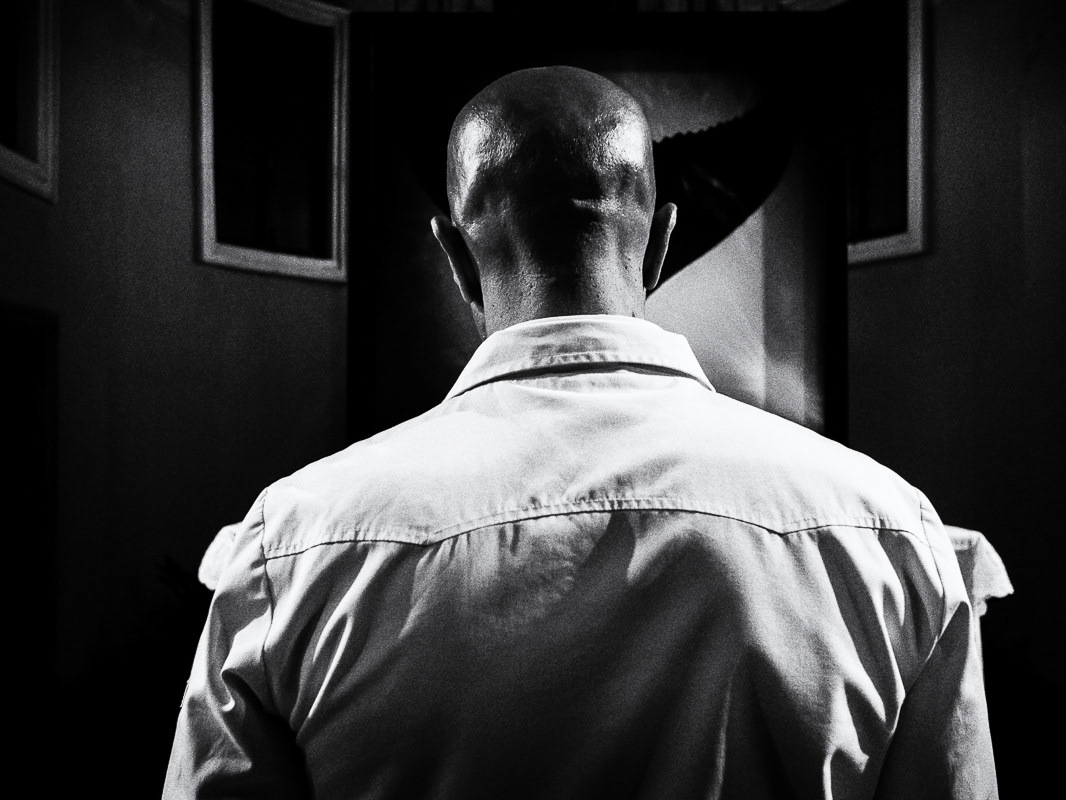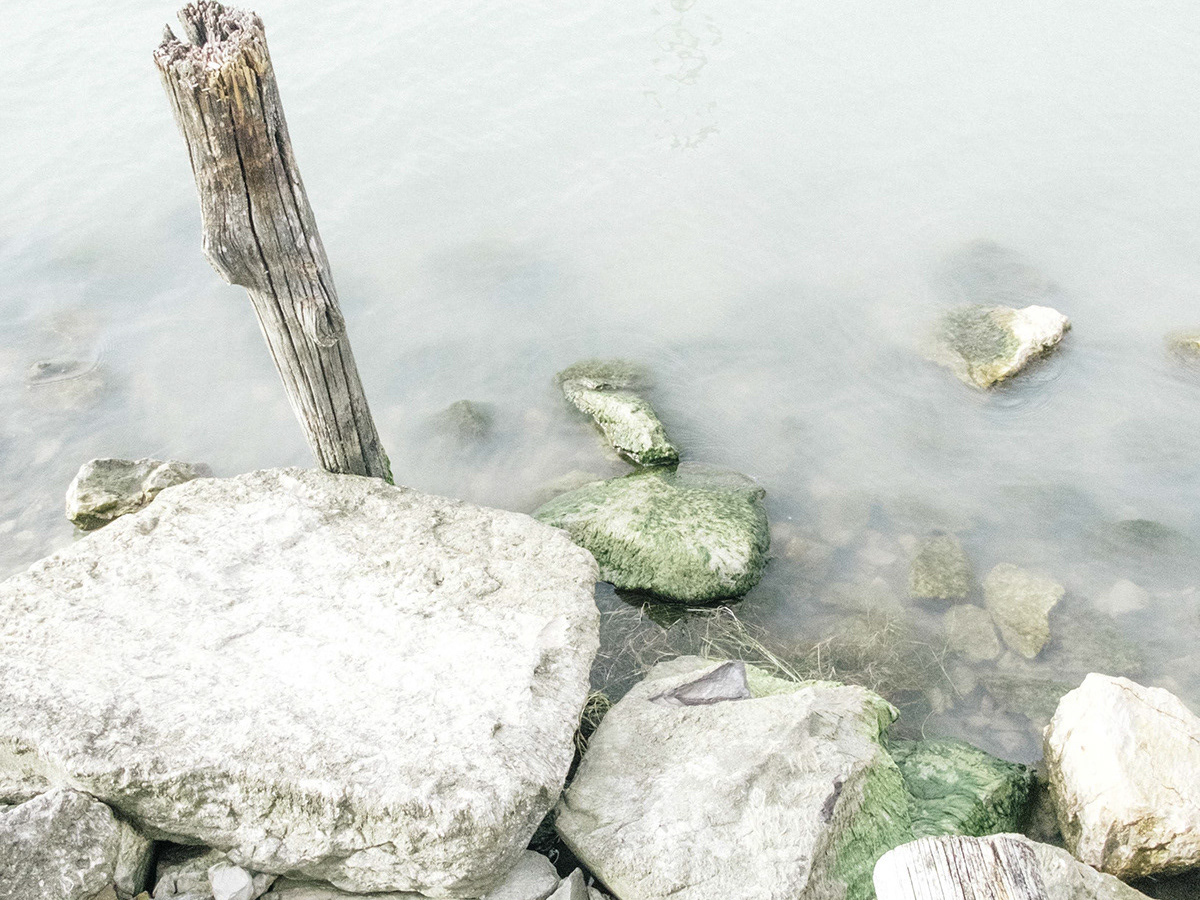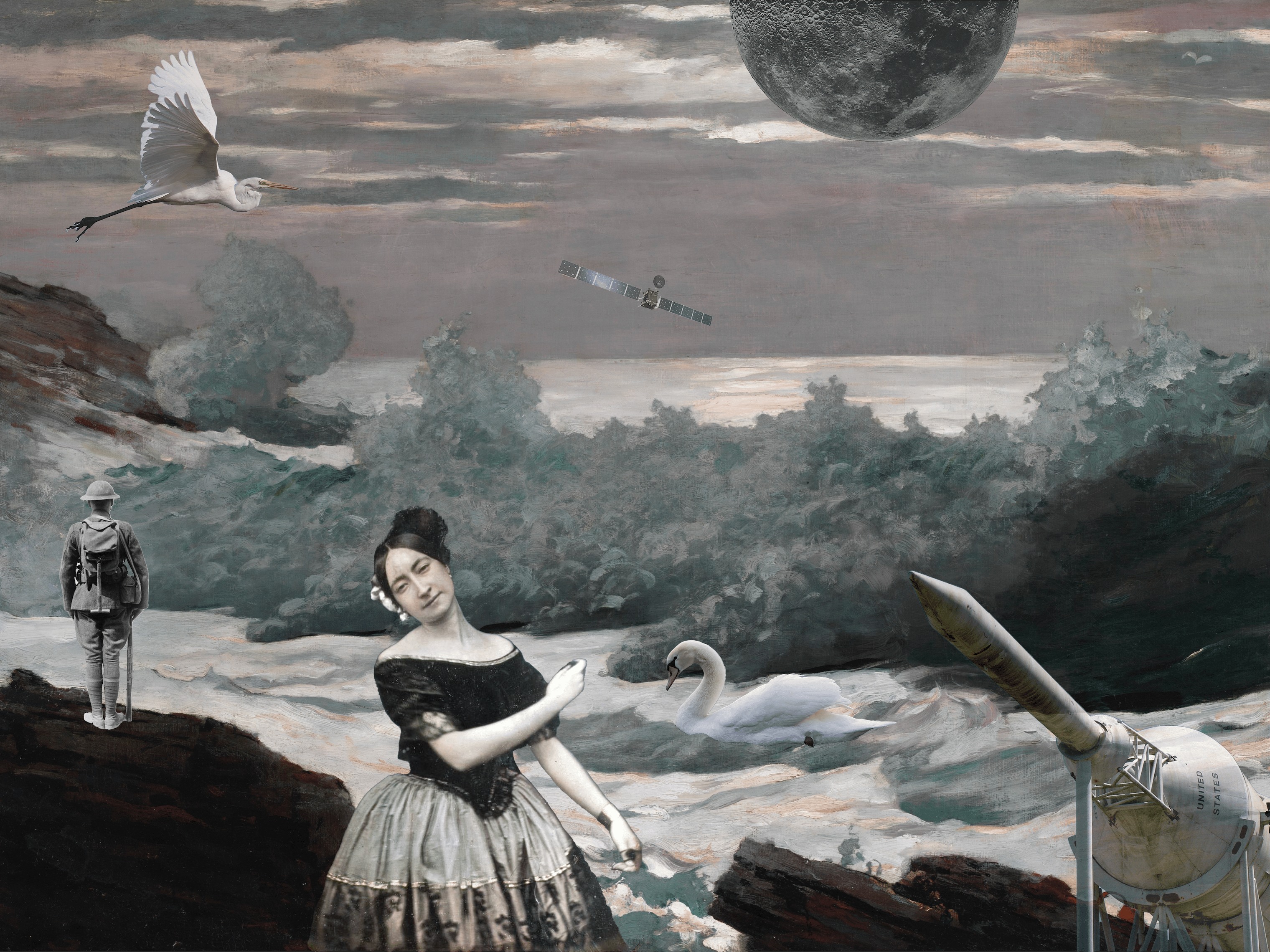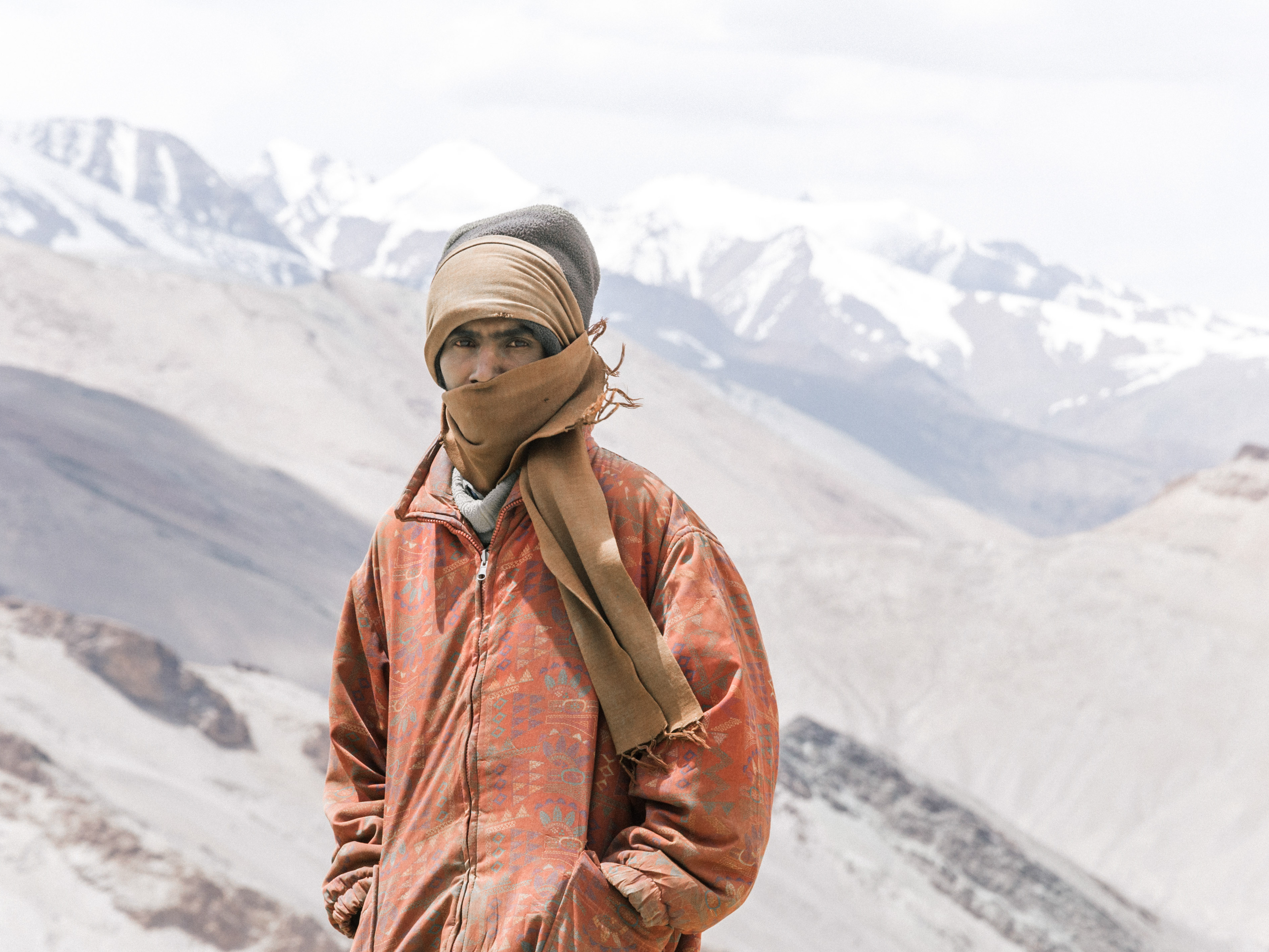MONGOLIA TOWARDS CONCRETE
"We are strangers to the land: we inhabit it, as life and as faith itself, on loan instead of POSSESSING IT"
(from ALZAIA, by Erri De Luca)
Mongolia rhymes with immensity: an apparently limitless reach of land; an ever-changing landscape, shifting before the eye, turning from steppe into desert and vice-versa. Traditional lifestyle has managed to survive: 30% of the population is still nomadic and living in gers (Mongolian yurts); horse culture is intact, and shamanism and Buddhism are widely practiced. Yet, more than 70% of the land is vulnerable to desertification, while climatic variations cause extremely harsh winters called "dzud", which livestock (and thus herders) cannot survive. The result is a slow run towards urbanization, towards concrete. Ulaanbaatar, the capital city, currently gathers almost half of the country's population.
This is a journey, shared by too many among the Mongolian people, from the steppe to the city, from vastitude to thronging, from gers to apartment blocks.
The shifting boundary between the Gobi Desert and the steppe vegetation. An eagle is flying towards the "khata", the blue silk scarf usually tied to the most special or precious natural elements: trees, in this case.
A man across the land, walking in solitude through the emptiness. He's wearing a "del" or "deel", the traditional calf-length tunic. This item of traditional clothing, commonly worn for centuries in Central Asia and Mongolia, is different for every ethnic group and is culturally meaningful.
A traditional family camp of "gers", Mongolian yurts, in the distance. A ger is a portable, round tent covered with felt, used as a dwelling by nomads in the steppes, but also in towns, and especially in the outskirts by those freshly arrived.
A typical Mongolian town. Gers can be found side by side with wooden and concrete buildings, especially in the outskirts, where newly arrived herders set with their family and flock. Eventually, gers give way to small houses, and herders turn into town dwellers.
A man and his horse walking in the steppe. Horse culture plays a main role, in this country. The 3 million horses outnumber the country's human population.
A "shopping mall" in a typical Mongolian small town. Mongols are used to travel for hours and hours in order to buy staple food they do not produce themselves. Western-style comfort food is more and more absorbing Mongols' money when they go shopping.
Two men and their motorbike. Motorbikes have become a most common means of transport, taking the place of horses.
A land area, once a pasture, being absorbed by the Gobi Desert. Desertification is evident and widely spreading in Mongolia.
Mongols with their horses, in the distance.
Walking between the past and the future.
Mongolian landscape, once endless and completely free of the human mark, is interrupted here by light poles. Times are changing, with geography turning into anthropogeography in the areas surrounding human settlements.
Every now and then, suddenly, the landscape is interrupted by signs once unthinkable in the steppe.
A view of Ulaanbaatar, the Mongolian capital city, with its cloud of toxic smog as seen from the Zaisan Memorial. Ulaanbaatar's air pollution is far worse than in Beijing (sadly known for the same reason). Ulaanbaatar's total emissions of harmful breathable particles known as PM2.5 surged to unbearable levels. According to the World Health Organisation, the acceptable standard is 20-25 micrograms. In Ulaanbaatar, it is known to have hit 1,000 micrograms. About 80% of the city's smog comes from the poor "ger" districts. Many residents are former herders who migrated to the city after their stock was wiped out by recent exceptionally harsh winters called "dzud". (Source: Reuters).
Ulaanbaatar, Mongolia's capital city. Mongolia has experienced rapid urbanisation since the 1950s. Mongolia is now overwhelmingly urban with 68% of the total population living in cities and towns. More than 60% of UB's population lives in "ger "areas prone to natural disasters, lacking access to modern infrastructure and services. (Source: UNDP)
Ulaanbaatar, Mongolia's capital city. This is the new environment for too many former herders who have lost everything due to desertification and climatic variations including dzuds (exceptionally harsh winters). In cities and towns, tradition is still well visible within the urban context: a co-existence of opposites.
Photographs and texts by Claudia Ioan
Thank you
Represented by Doka Photography
Limited edition Fine Art prints available via www.doka.photography









